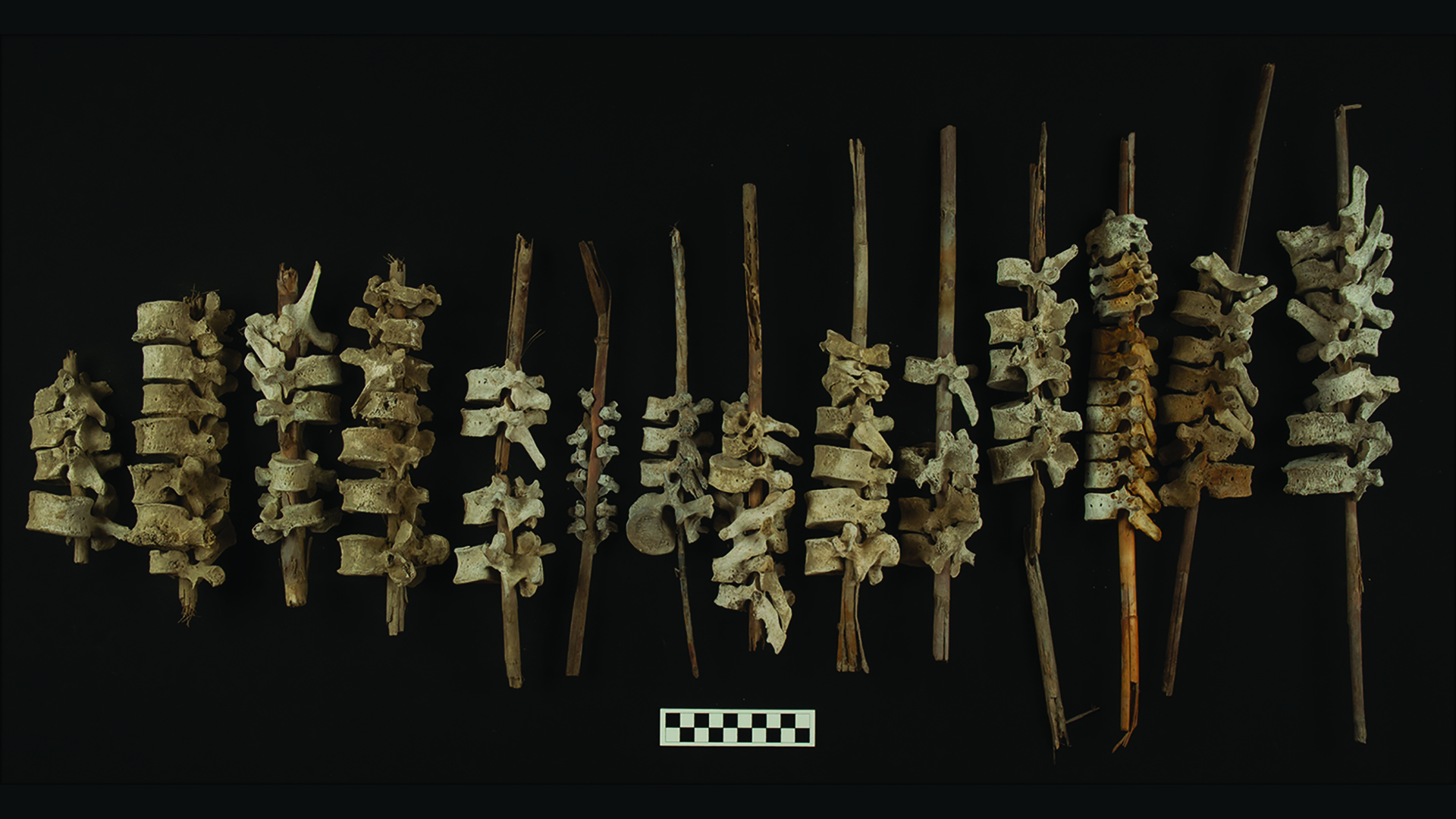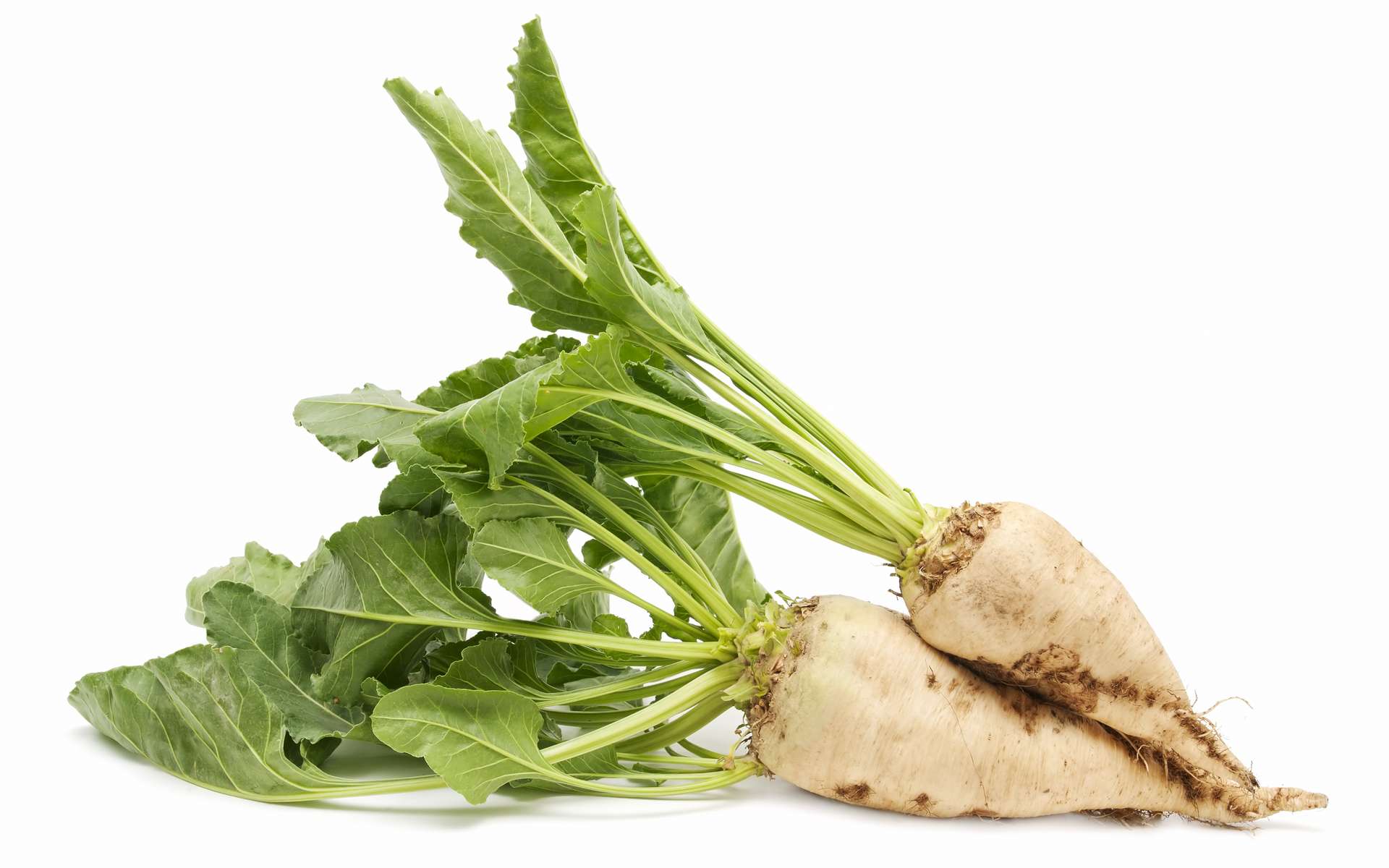Prairie voles still form social bonds without oxytocin sensors in the brain. The findings challenge the long-held belief that the hormone is a crucial part of the bonding process for all mammals
By Sam Jones

Prairie voles make long-term attachments with one partner, even without oxytocin receptors
Picasa
Monogamous prairie voles lacking receptors for the “love hormone” oxytocin still bond with their mates and their young – contradicting long-held assumptions about how essential the hormone is for these behaviours.
Also known as the “cuddle chemical”oxytocin is released in our brains during moments of romantic intimacy, parenting and other forms of social bonding, as well as during labour and lactation. Scientists have spent decades studying the hormone’s role in the brains of many mammal species, including the prairie vole (Microtus ochrogaster). These voles have been particularly interesting to researchers because, unlike other laboratory animals such as mice and rats, prairie voles show intense attachment to one long-term partner, a behaviour called pair bonding.
For decades, pharmacological studies suggested that oxytocin receptors – the proteins studding the outside of cells where oxytocin molecules attach – were essential to produce bonding behaviours. So when Devanand Manoli at the University of California San Francisco and his colleagues removed oxytocin receptors in prairie voles by using the CRISPR gene editing technique, they were shocked to find that the animals still pair bond.
Advertisement
Manoli still remembers the moment co-author Kristen Berendzen walked into the lab to tell him the news. “We were floored,” he recalls.
Prairie voles lacking oxytocin receptors were also able to give birth and nurse their young, spending long periods of time grooming and huddling with them. The voles behaved very much like prairie voles that still had their oxytocin receptors intact.
However, vole pups born to mothers lacking oxytocin receptors weighed significantly less by the time they reached weaning age, suggesting that the mother had issues with milk production or nursing. They were also less likely to survive to weaning age. So, although pair bonding and other important social behaviours were not impacted, oxytocin receptors still seemed to play a substantial role in vole pup development.
“What I love about this paper is that, yes, it’s looking at partner preference in particular, but there are also these major questions about childbirth and child rearing,” says Robert Froemke at New York University Grossman School of Medicine. “These fundamental processes of birth and nursing that make us mammals are so woefully understood.”
Manoli says that, once the initial shock wore off, the findings made more sense.
“It’s not surprising that there isn’t a single point of failure for behaviours as important to a species as attachment,” he says. A more complex system could also explain the failure of past clinical trials of oxytocin in people with social anxiety disorder, schizophrenia and other conditions. Such trials aimed to alleviate issues people were experiencing forming social attachments and appropriately processing social situations.
“When the implications from pharmacology first came out, there was this hope that oxytocin could be a major therapeutic intervention,” says Manoli. But the trials yielded inconsistent results with no dramatic patient improvements in social behaviours. It could be that oxytocin is just one part of a hormonal mosaic behind bonding.
Manoli and his colleagues are considering what chemical processes in the brain might be compensating in the absence of oxytocin receptors, or if oxytocin might even be binding to other receptors in the brain to make crucial social attachments possible.
More on these topics:
Note: This article have been indexed to our site. We do not claim legitimacy, ownership or copyright of any of the content above. To see the article at original source Click Here













